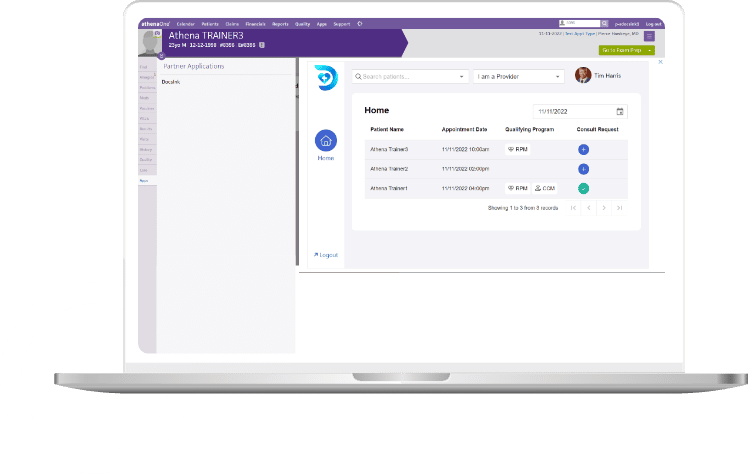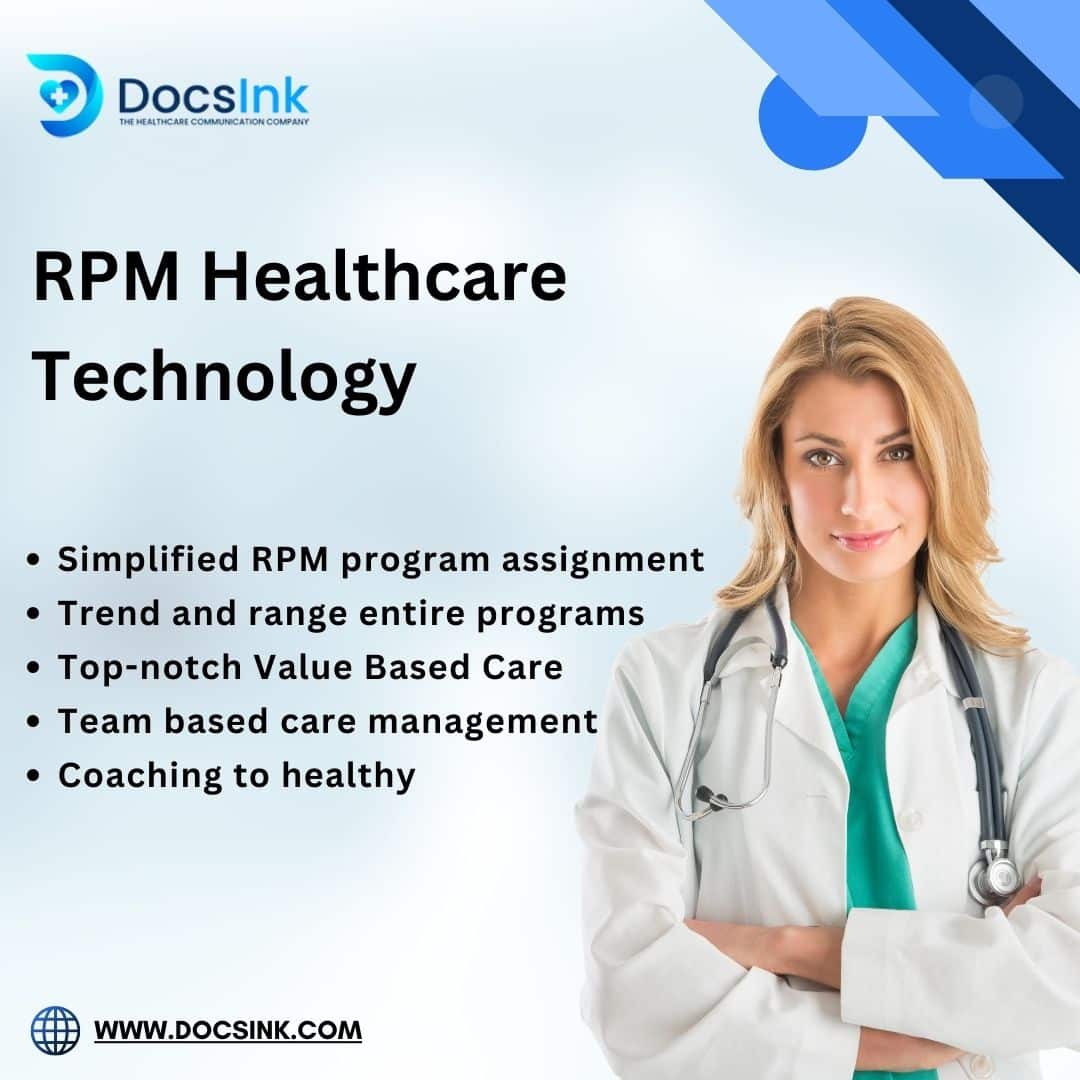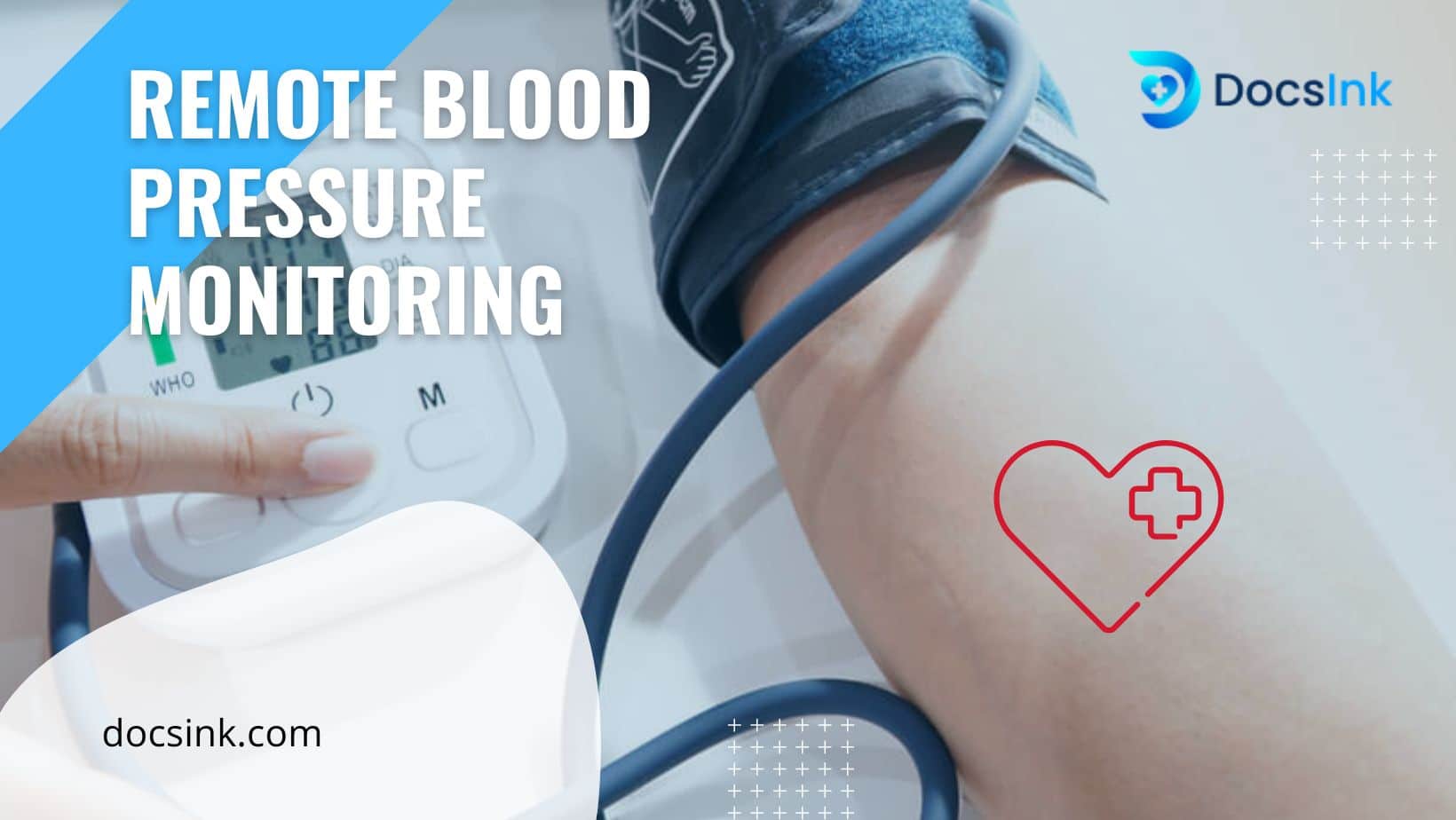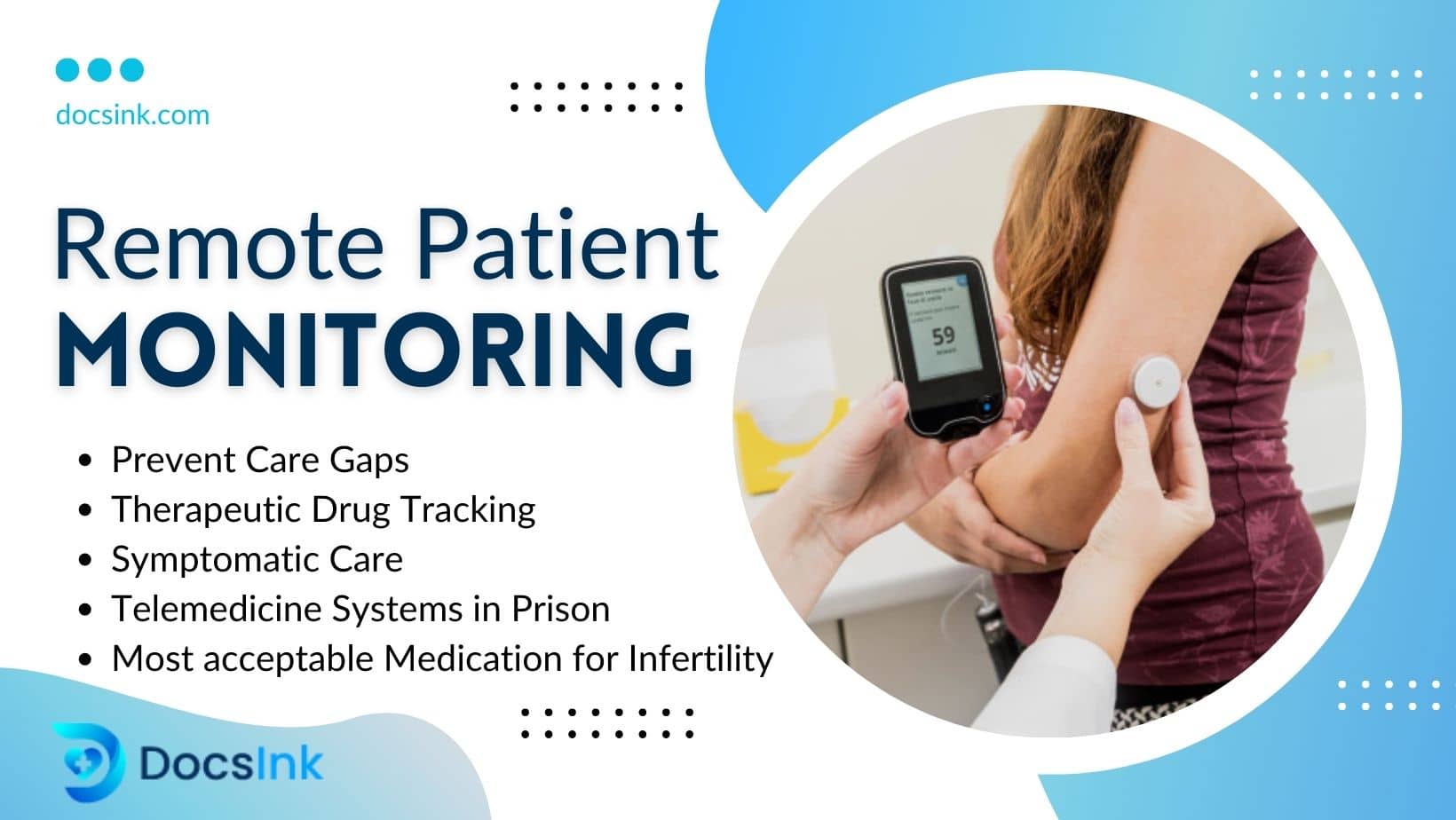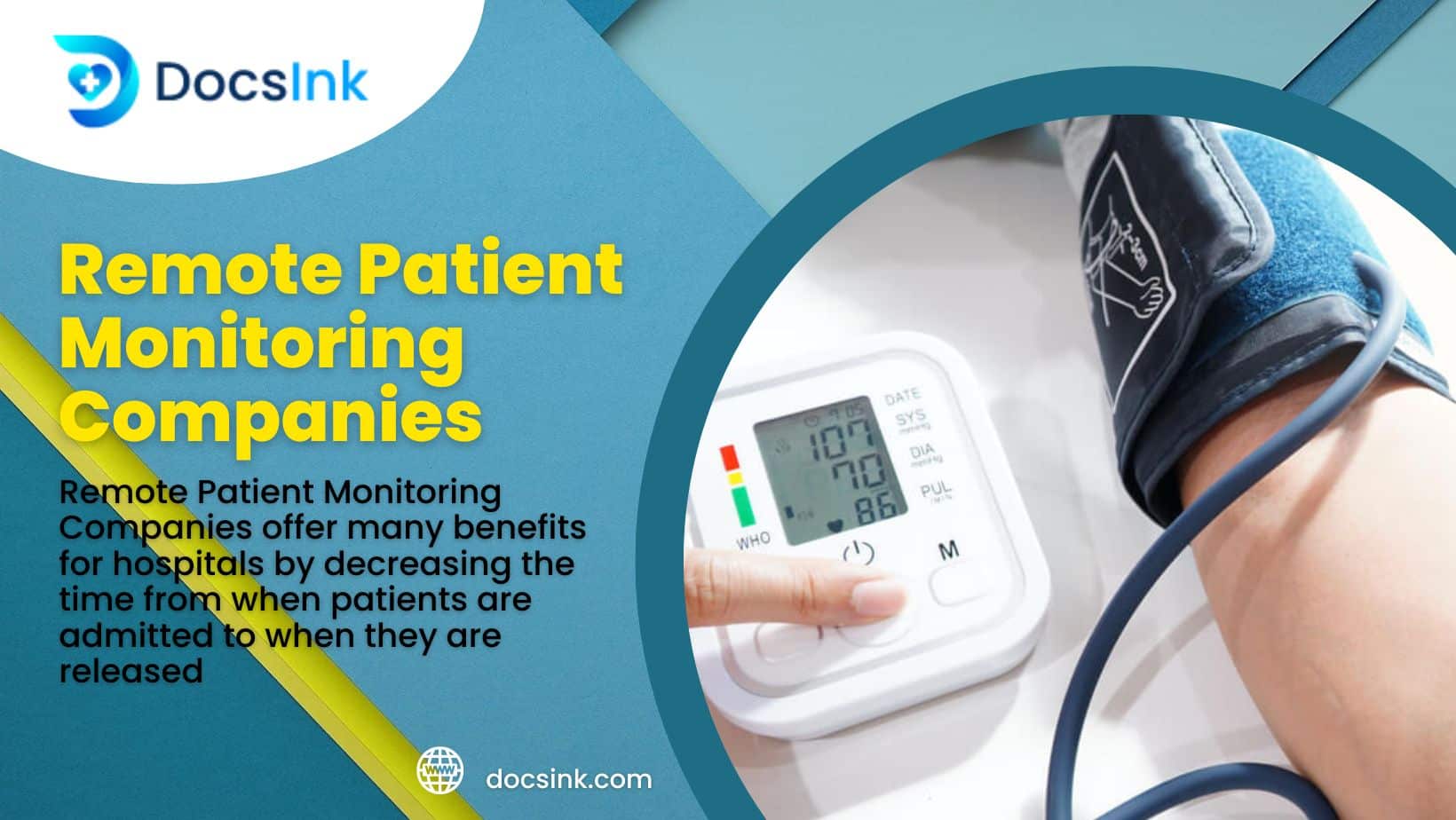Hospital readmissions are a dreadful reality for facility and patients alike. Remote Patient Monitoring is a viable solution for both.
Adverse effects for hospitals include enormous costs. Costs estimated to be in the vicinity of $26 billion annually. Operations suffer and HCAHP scores fall.
The negative effect on patients is also noticed. The undue stress and frustration may make them feel as their health issues are unmanageable.
There is hope, however. Research has demonstrated that the use of Remote Patient Monitoring (RPM) can positively impact both hospitals’ concerns and the patients’ worry.
Although the effect of readmissions on hospitals is widespread, the populations experiencing readmission most are chronic and acute care patients. The top two of these chronic conditions are congestive heart failure (CHF) and diabetes. For these chronic conditions, remote patient monitoring reduces readmissions and generates recurring revenue. It has also has proven to increase health outcomes in those patients with CHF and diabetes.
Impact on CHF
Congestive heart failure is the leading cause of death in the United States. According to the CDC, one person dies every 36 seconds in the U.S. from cardiovascular disease. Progress in fighting the disease, however, improves annually with better medications, use of wireless sensors, and advances in sleep apnea treatment. Yet still, readmittance in this population is staggering. One in every five patients is readmitted within the first 30 days of discharge with a median readmission time of 12 days from initial discharge.
Readmission is expensive. The national mean cost of a CHF admission per year is $34,000 with an average 30-day, 60-day and 90-day readmission rate of 22.3%, 33.3% and 40.2% respectively. According to the American Heart Association, the costs of CHF readmissions continue to rise, at a current average of $13,500.
What is being done to help lower readmissions for heart patients?
Improvements in the management of Medicare beneficiaries, prior to and after initial hospitalization for CHF. This alone has the potential to prevent hospital readmissions. Not only are there cost savings, but persons living with this chronic condition see big benefits as well.
Secondly, we’re seeing more proof that RPM could be the key. The National Library of Medicine includes a study that demonstrates how RPM directly reduces mortality, hospitalizations, and improves quality of life for CHF patients.
By remotely monitoring blood pressure, heart rate, weight and ECG, health plans such as Geisinger have effectively managed patients with heart failure. Since 2008, Geisinger Health Plan has used RPM to reduce the risk of all-cause readmission for their Medicare Advantage members by 77%.
Geisinger is not alone. Similar studies demonstrate that when RPM is used to treat cardiac patients, readmissions related to heart failure are reduced by 64%. In turn, that results in a net savings of $5,034 per patient, per year when compared to standard care without RPM.
Impact on Diabetics
Diabetes is another leading chronic condition. In fact, more than 34 million Americans had diabetes as recently as 2018, according to the CDC. It’s an expensive illness, for those with diabetes incur average medical expenses of $16,752, roughly 2.3 times higher than those incurred by patients without diabetes.

Diabetes impacts Americans of all backgrounds, all ages. Veterans seem to suffer from it in larger numbers with a quarter of all veterans having diabetes. This led the Veterans Health Administration (VHA) to conduct a study on diabetic veterans, each of whom had two or more prior hospitalizations or ER visits.
The VHA found when RPM was used for one year re-hospitalizations were reduced by 50% and emergency room visits were down 11%. Additionally, the average number of bed days were three days shorter. And finally, 95% of these veterans reported a high patient satisfaction rate with the RPM program. Satisfaction drives usage, and therefore ongoing health benefits can be expected.
Of course, it’s not just the VA that is looking to determine the efficacy of RPM programs. Comparison studies have been conducted by many other independent researchers, and the results are encouraging. Those using RPM saw a 77.2% improvement in their health, versus only 70.4% improvement in stability for those not using RPM solutions.
Benefits: Clinical and Fiscal
Based on the results of the above-mentioned research, patients benefit greatly from use of remote patient monitoring solutions. And of course, we have noted the benefits that hospitals and physician groups see. But there is also great benefit to insurance payers.
The Coalition to Transform Advanced Care (CTAC) and America’s Health Insurance Plans (AHIP) published an article which sites several studies. Each of these reported positive clinical and fiscal benefits of RPM programs.
Patients in RPM programs reported significantly fewer care requests:
- 51% fewer on-call urgent visits
- 47% fewer physician visits
- 41% fewer phone calls related to patient care
- 40% reduction in hospitalization of senior citizens
- Medicare members are 76% less likely to experience hospital readmissions when using RPM
- 94 – 97% of patients noted their satisfaction with the RPM programs.

Implementing RPM with DocsInk
With DocsInk’s RPM solution, implementation is seamless. Account setup and EHR integration takes only minutes to complete and patient onboarding has never been easier. DocsInk’s solution allows clinicians to quickly monitor, assess and address their patient’s health in real time and instantly bill for services rendered. With 475+ integrated monitoring devicesand multi-configurationRPM programs, DocsInk was built to fit the needs and workflow of any size healthcare facility. DocsInk’s solution can help manage chronically ill patient populations and in turn, decrease hospital visits, increase provider’s monthly revenue and improve overall health outcomes.
To learn more about how your organization can benefit from DocsInk’s RPM Solution, email or call 888.577.7409.
Increase patient engagement. Reduce costs. Maximize efficiency. Improve health outcomes.
![]()
Click Here to learn more about DocsInk’s RPM solution

